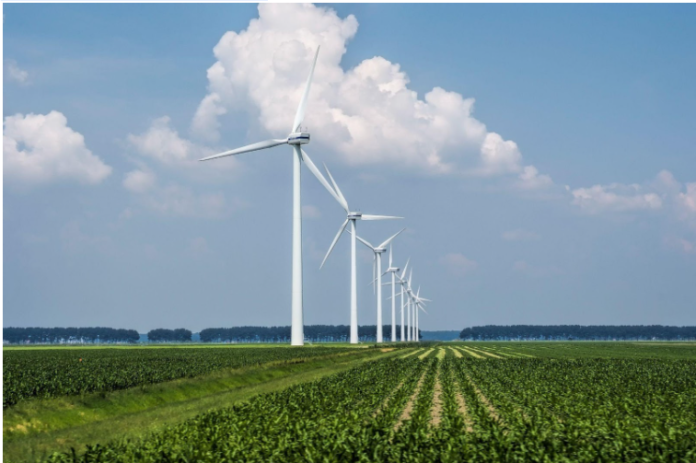As the world grapples with the escalating impacts of climate change, from rising sea levels to extreme weather events, the transition to renewable energy sources has never been more critical. Among the various clean energy solutions available today, wind energy stands out as a powerful force in reducing greenhouse gas emissions and fostering a more sustainable future.
Understanding the Link Between Energy and Climate Change
The energy sector is the largest contributor to global greenhouse gas emissions, primarily due to the burning of fossil fuels such as coal, oil, and natural gas. These emissions trap heat in the Earth’s atmosphere, leading to global warming and associated environmental consequences. To mitigate these effects, the global community is moving toward decarbonization, shifting from carbon-intensive energy sources to renewables.
Why Wind Energy Matters
Wind energy is a clean, abundant, and increasingly cost-effective source of power. It harnesses the natural movement of air to generate electricity without releasing carbon dioxide or other pollutants. Unlike fossil fuels, wind power does not deplete over time, making it a sustainable long-term solution for energy generation.
Some key advantages of wind energy include:
- Zero emissions during operation
- Low operating costs
- Minimal water usage compared to thermal power plants
- Scalability, from small turbines to massive offshore farms
These characteristics make wind energy a cornerstone of global strategies aimed at combating climate change.
Wind Energy’s Global Impact
According to the Global Wind Energy Council (GWEC), wind power helped avoid over 1.2 billion tons of CO₂ emissions in 2023 alone. This is equivalent to the annual carbon emissions of South America. As countries work toward their net-zero targets, wind energy continues to expand its role in national energy mixes, particularly in Europe, China, and the United States.
India’s Wind Power Potential
India ranks among the world’s top wind energy producers, with significant potential to grow further. The government’s push for renewables has accelerated wind project development, particularly in high-wind regions like Tamil Nadu, Gujarat, and Maharashtra.
To understand how this sector is evolving in India, you can explore the future of wind power and the opportunities it presents for sustainable growth and green jobs.
Wind Energy and Job Creation
The wind energy sector is not just about generating clean power—it’s also a major driver of employment. From manufacturing and installation to maintenance and research, the industry supports a wide range of roles that require both technical and non-technical skills.
As the global demand for wind professionals grows, it is essential for individuals to equip themselves with the right knowledge and training. Enrolling in wind energy courses can provide learners with the expertise needed to enter or advance in this dynamic field.
Challenges and Innovations
Despite its promise, wind energy faces several challenges, including:
- Intermittency: Wind doesn’t blow consistently, which can affect the power supply.
- Grid integration: Adapting existing infrastructure to accommodate wind power can be complex.
- Land use and wildlife impact: Turbine installation must be planned to minimize disruption to ecosystems.
To address these issues, researchers and engineers are innovating in areas such as energy storage, smart grid technology, and offshore wind development, further boosting wind energy’s reliability and efficiency.
The Road Ahead
Achieving global climate targets, such as those outlined in the Paris Agreement, will require rapid scaling of renewable energy. Wind power, given its maturity and scalability, is poised to play a leading role in this transition.
By investing in infrastructure, policy support, and workforce training, countries can unlock the full potential of wind energy and significantly reduce their carbon footprint.
Conclusion
Wind energy is more than just an alternative power source—it is a vital solution in our fight against climate change. As technological advancements continue and awareness grows, the global shift toward wind power will only accelerate.
Whether you’re a policymaker, a business leader, or a student looking to join the renewable energy revolution, now is the time to embrace wind energy as a key to a cleaner, greener planet.

